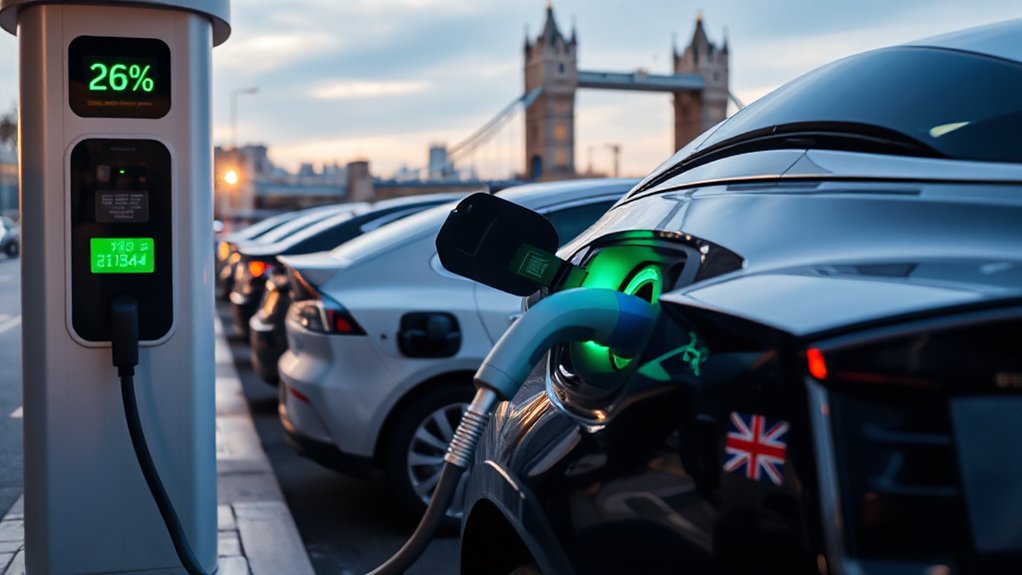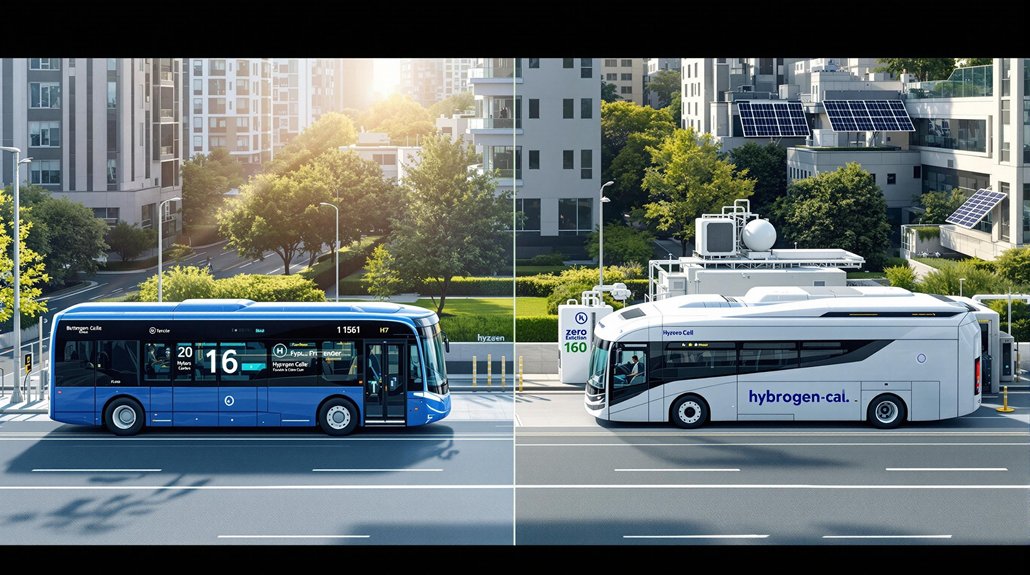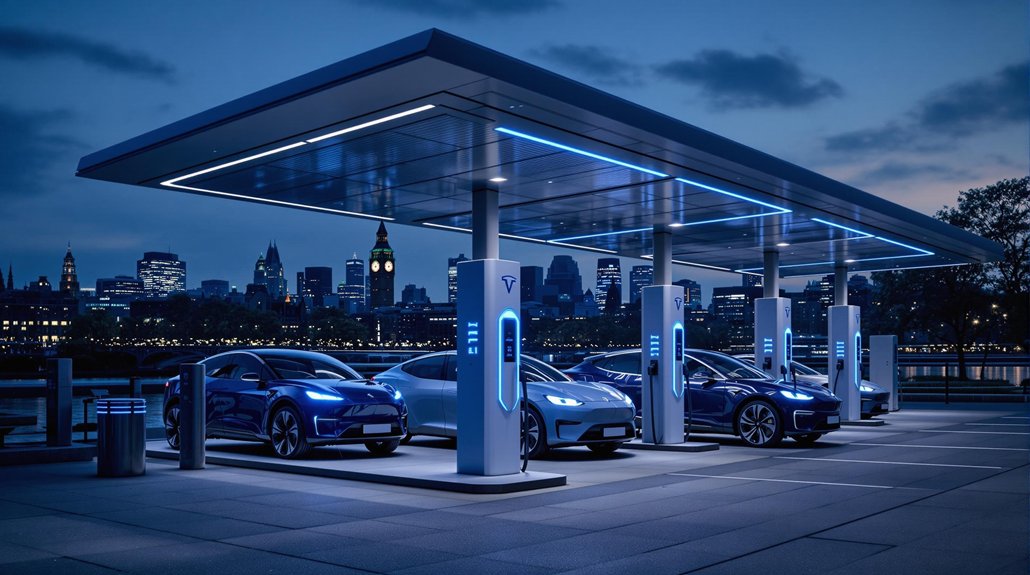Washington state drivers hit the EV jackpot, saving a whopping $18,055 over ten years. Nevada and Oregon follow with $15,726 and $14,481 respectively. Not all states are created equal though – Connecticut, Alabama, and Nebraska offer the worst savings at around $6,000. Monthly fuel savings range from $120 in Washington to just $44 in Massachusetts. States with more charging stations and incentives sweeten the deal. The EV transformation isn’t just green – it’s putting green in your wallet.
While gas prices continue to burn holes in drivers’ wallets nationwide, electric vehicle owners are quietly racking up thousands in savings. The numbers don’t lie. Washington state leads the pack with a staggering $18,055 in savings over ten years. That’s not pocket change.
While gas guzzlers drain wallets, EV owners silently stack thousands in savings—with Washington drivers banking a jaw-dropping $18K over a decade.
Nevada and Oregon aren’t far behind, with $15,726 and $14,481 in decade-long savings respectively. Turns out the West Coast is the best coast—at least for your EV budget. Washington drivers save an eye-popping $2,443 annually on fuel alone. Must be nice.
Not all states are created equal in the EV economy. Connecticut, Alabama, and Nebraska sit at the bottom of the savings pile. Still, even these laggards offer between $5,400 and $6,300 in ten-year savings.
Hawaii’s situation is particularly ironic—lowest annual fuel savings at $843, thanks to electricity rates that would make anyone’s eyes water at $0.43/kWh. Yet Hawaiians still come out ahead with EVs. Go figure.
The average American EV driver pockets 7.4 cents per mile compared to gas guzzlers. That’s roughly $90 monthly. Washington drivers save even more—13.1 cents per mile or $120 monthly. Even in electricity-expensive Massachusetts, drivers still save $44 every month.
Some states sweeten the deal with incentives. Nevada, Arizona, Maryland, and Oregon offer between 6-11 state incentives. Stack these with federal tax credits, and the savings multiply. Smart move.
Charging infrastructure varies wildly. Maryland boasts 16 stations per 1,000 road miles, while Arizona offers just six. More chargers mean less range anxiety. Basic math.
The bottom line? Every single state shows net savings for EVs versus gas vehicles. Truck and SUV owners in high-savings states can save up to $80 per fill-up. The EV advantage is real, regardless of ZIP code. With battery storage costs projected to decrease by 52% by 2030, the savings picture for EVs will only improve further. Drivers can enjoy the instant torque and quiet operation of electric vehicles while saving money at the same time.
Even with varying gas prices, electricity rates, and incentives, the electric transformation is paying dividends across America. Some states just pay better than others. Electric vehicles require fewer moving parts than traditional cars, contributing to their lower maintenance costs across all states.
References
- https://cleantechnica.com/2025/04/23/the-us-states-where-you-can-save-the-most-money-with-an-electric-car/
- https://energyinnovation.org/wp-content/uploads/EV-Fill-Up-Savings-by-State-3.pdf
- https://smartasset.com/data-studies/best-states-to-own-an-electric-vehicle-2022
- https://coltura.org/ev-savings-report/
- https://energyinnovation.org/report/2024-update-how-much-does-it-cost-to-fill-up-an-electric-vehicle-vs-a-gas-powered-car/








